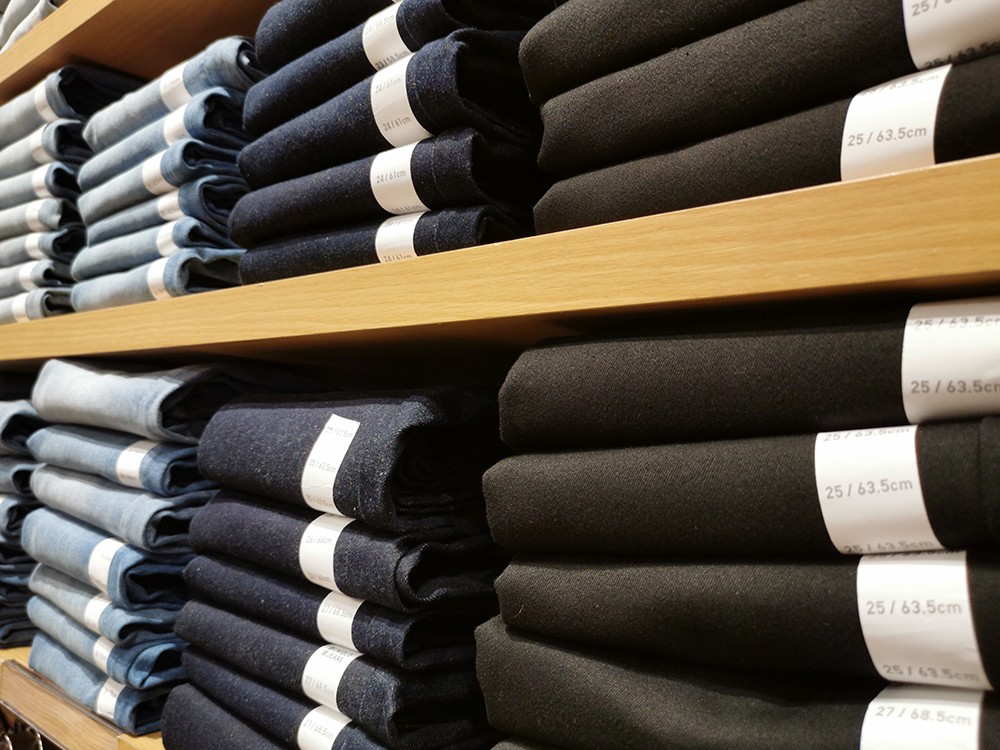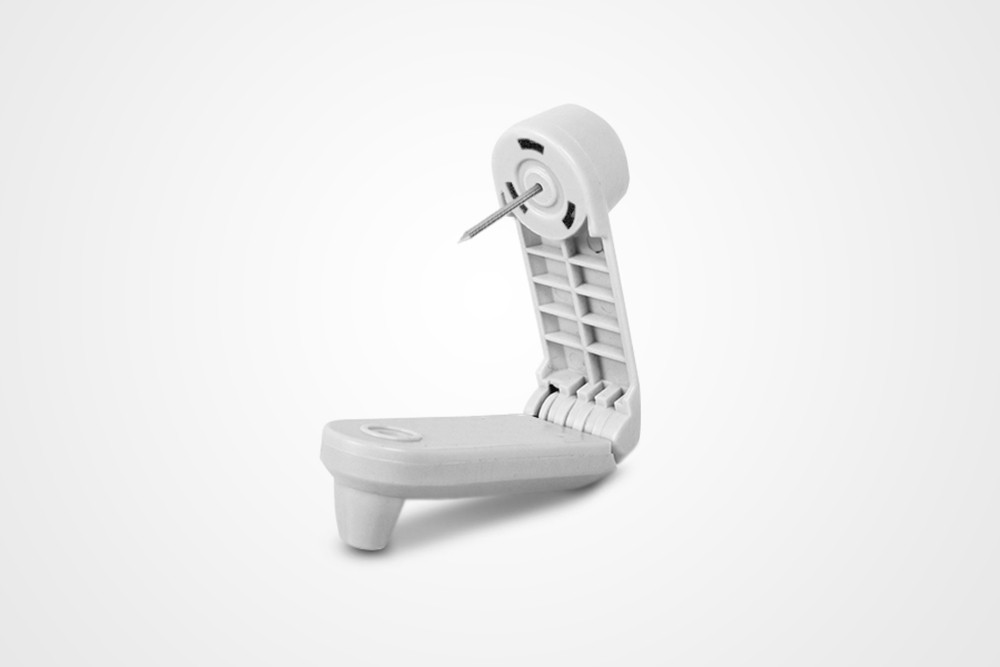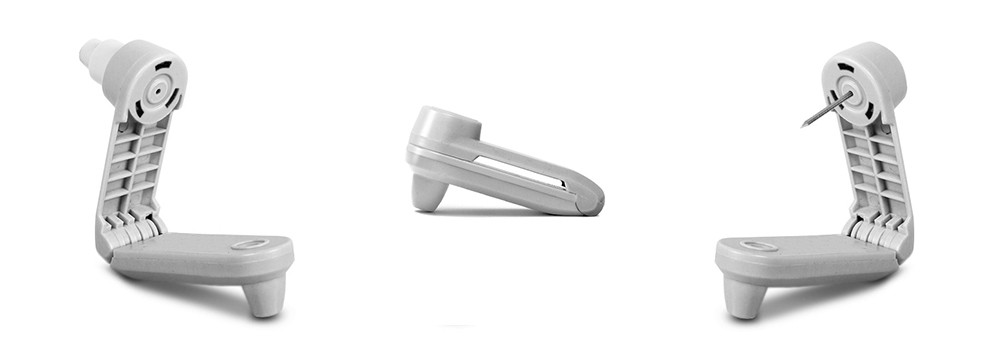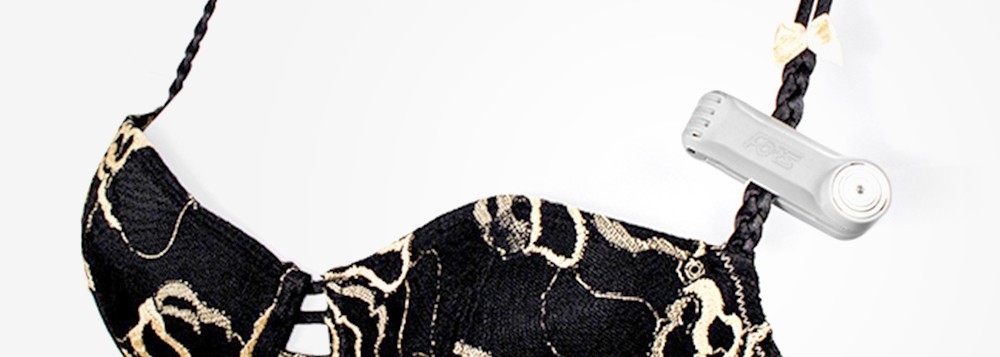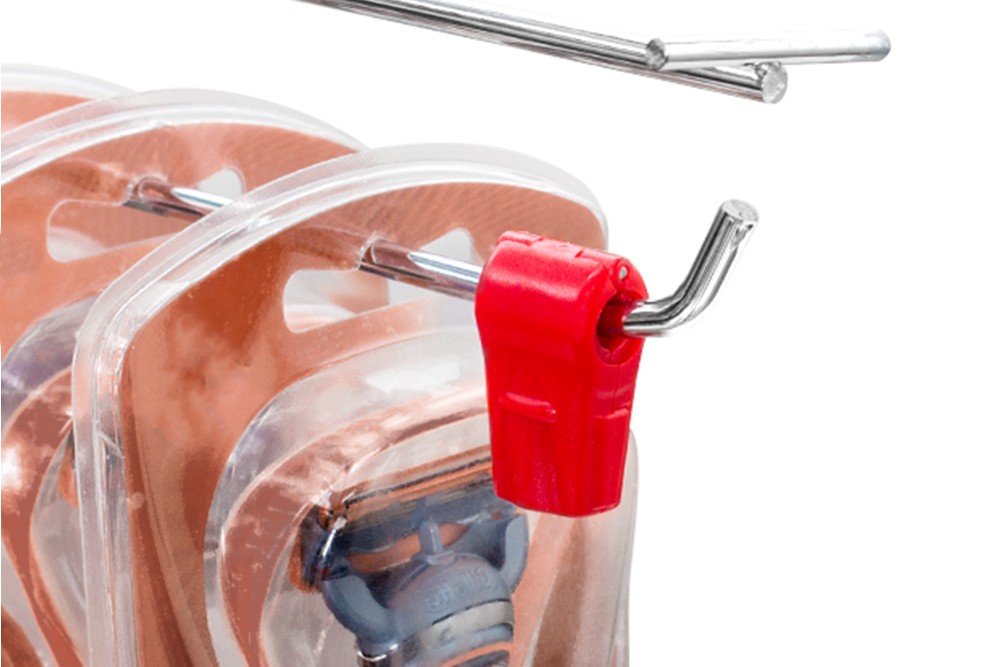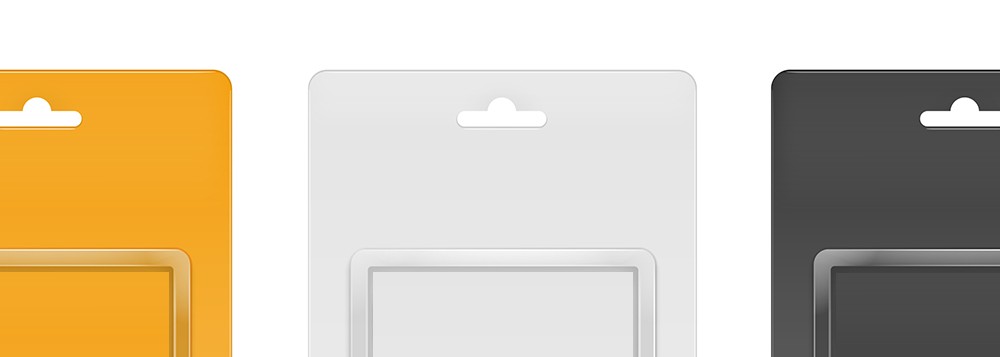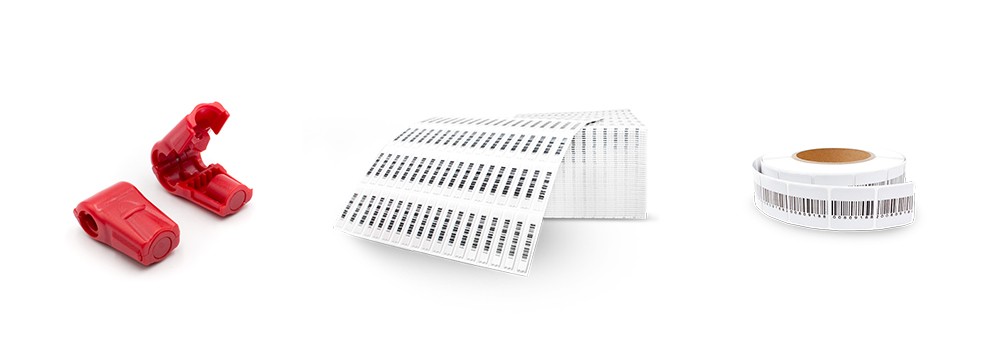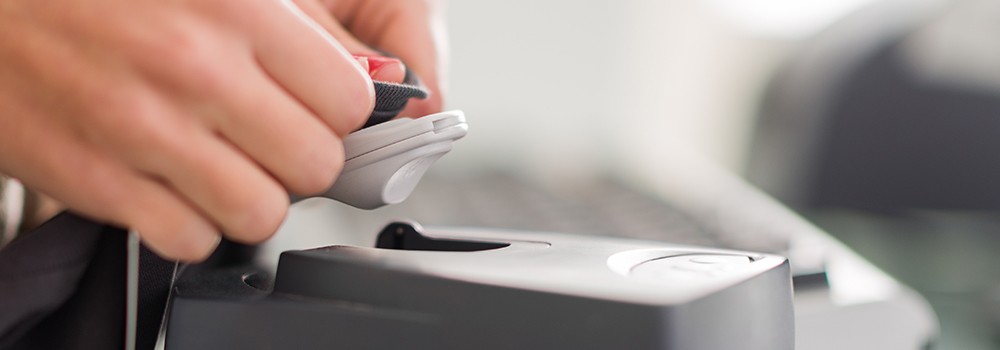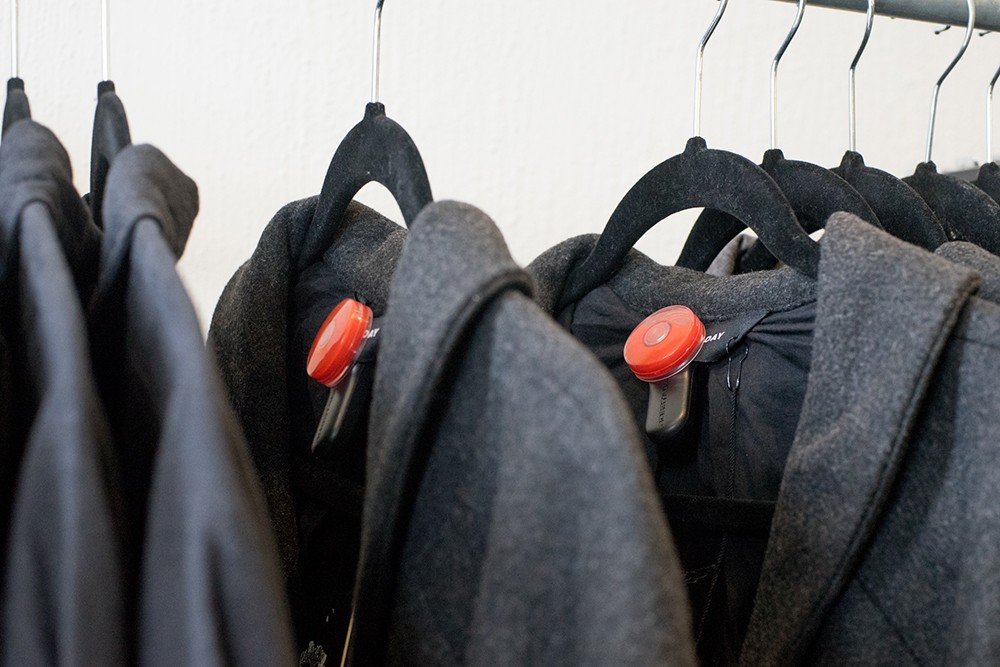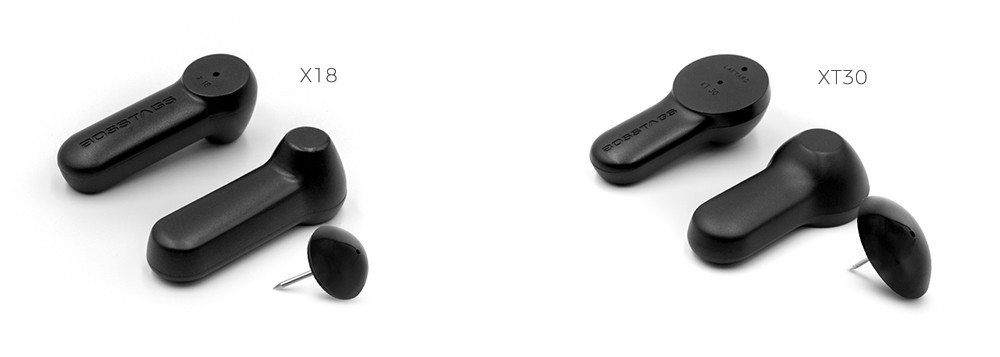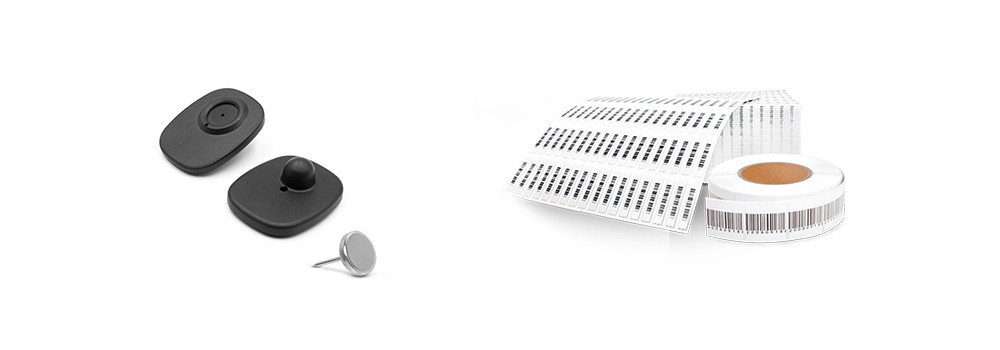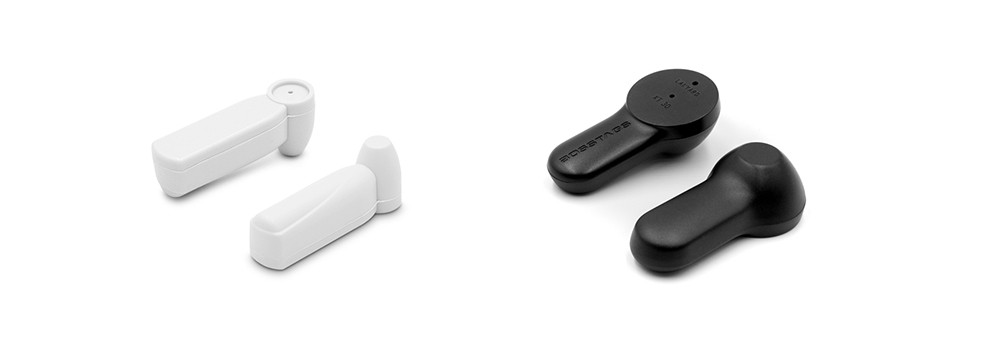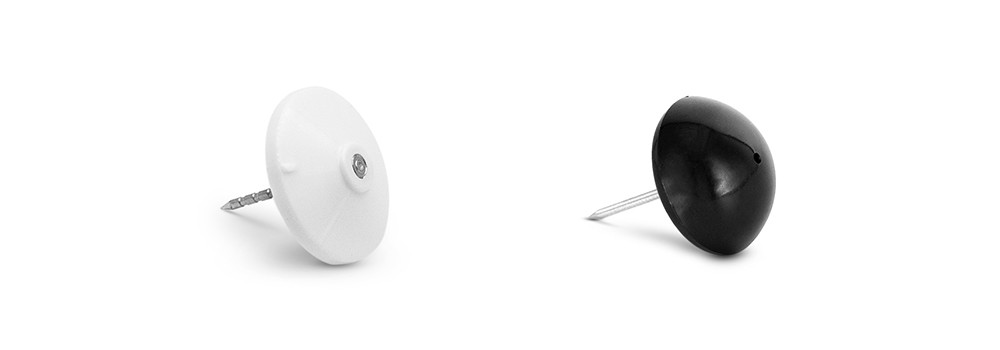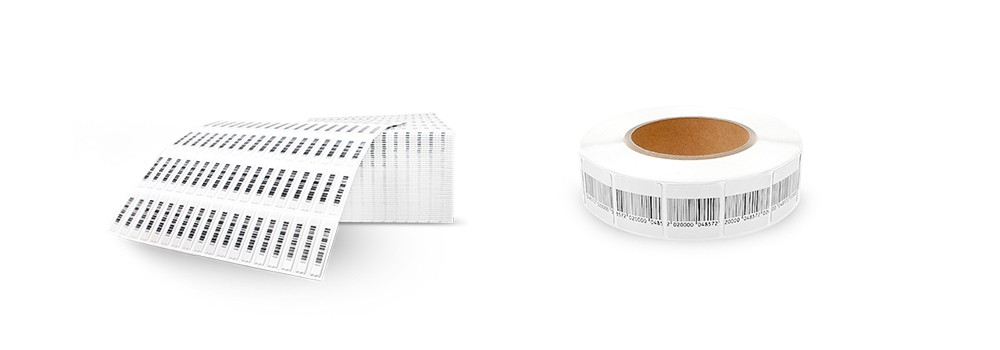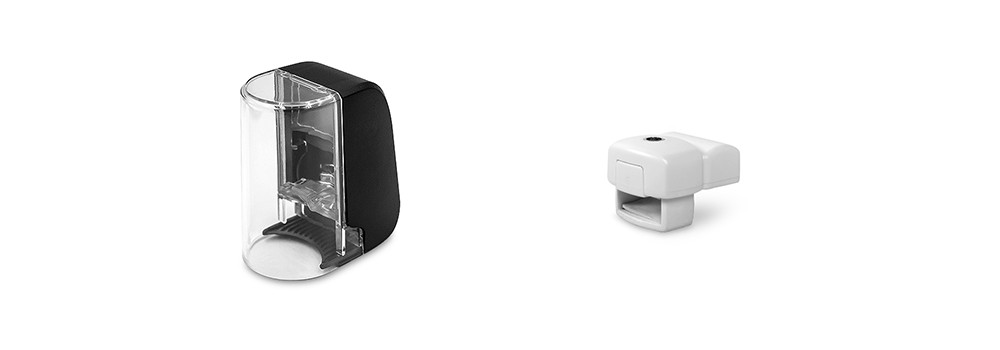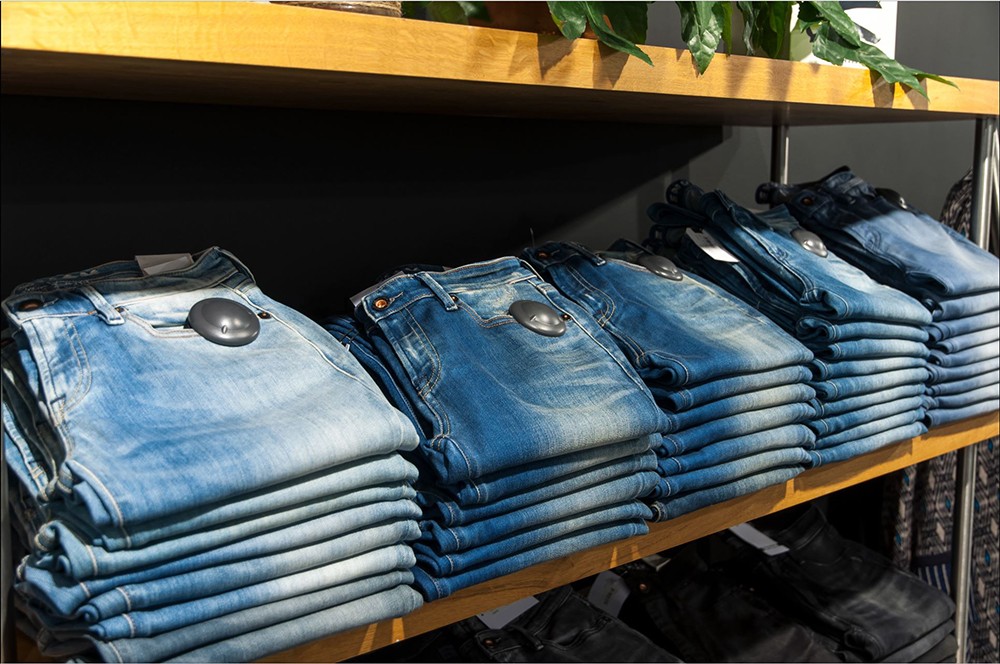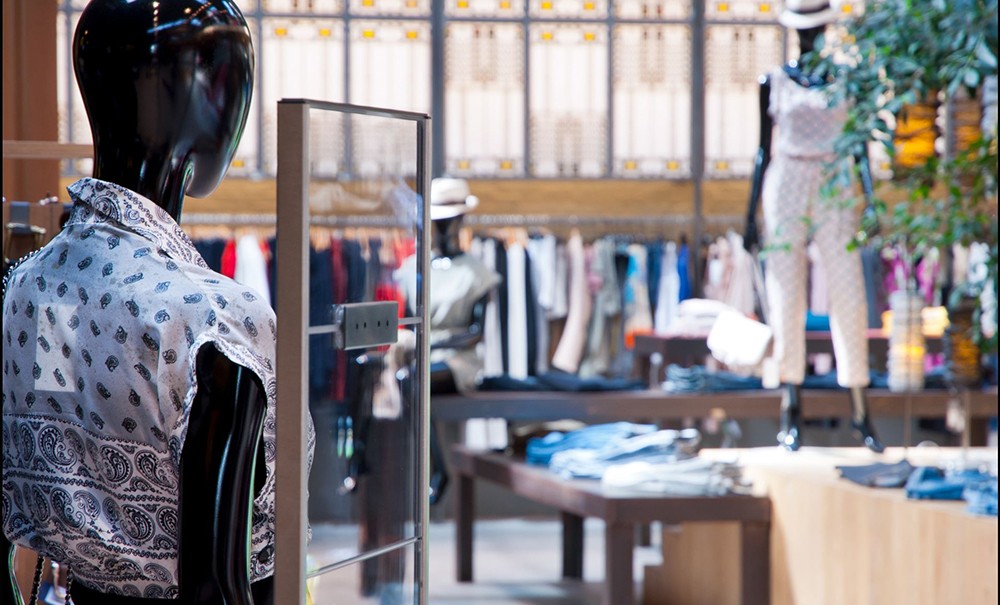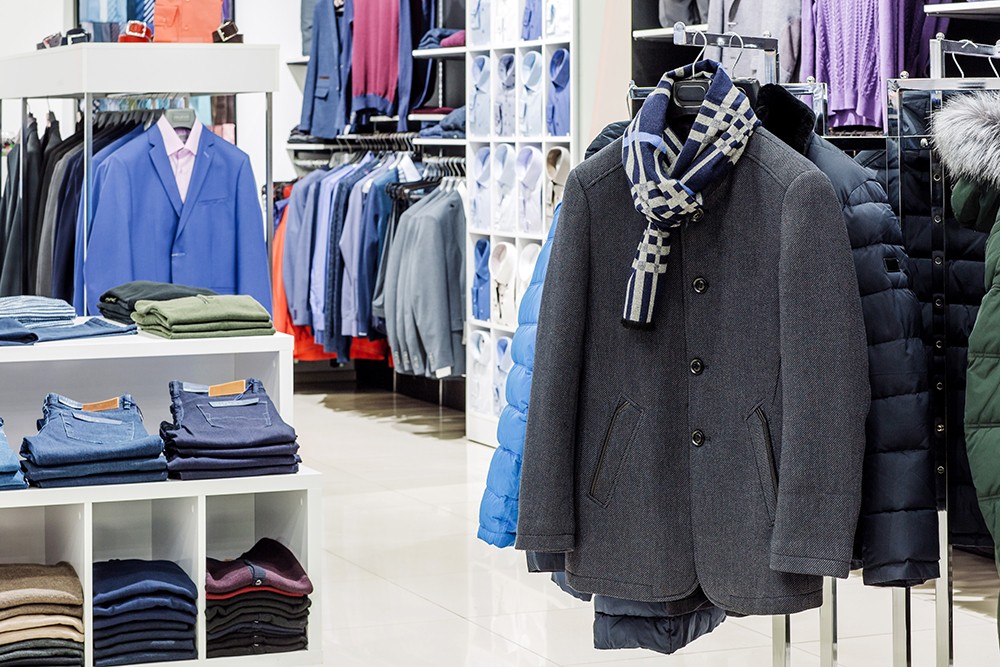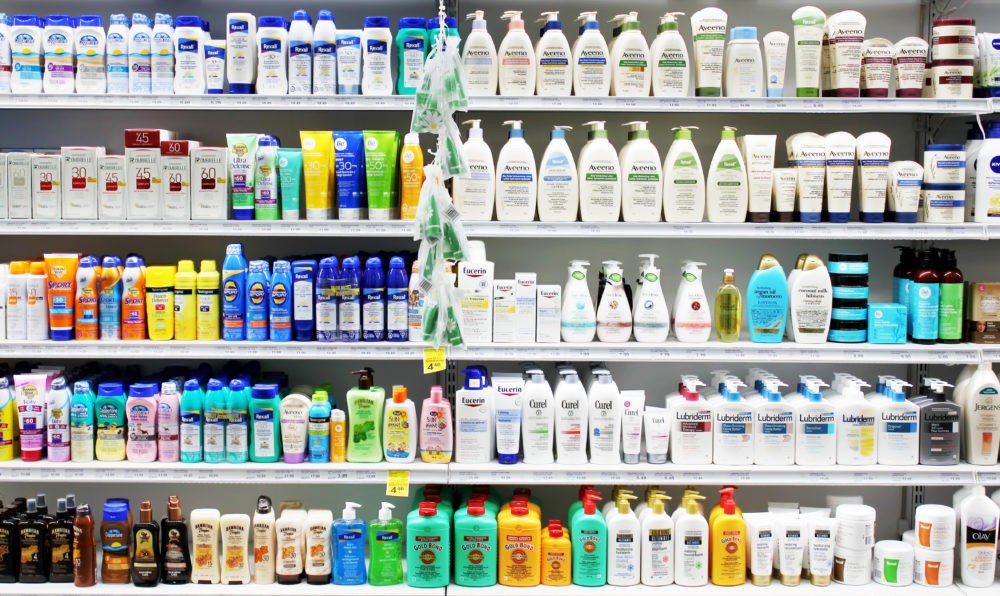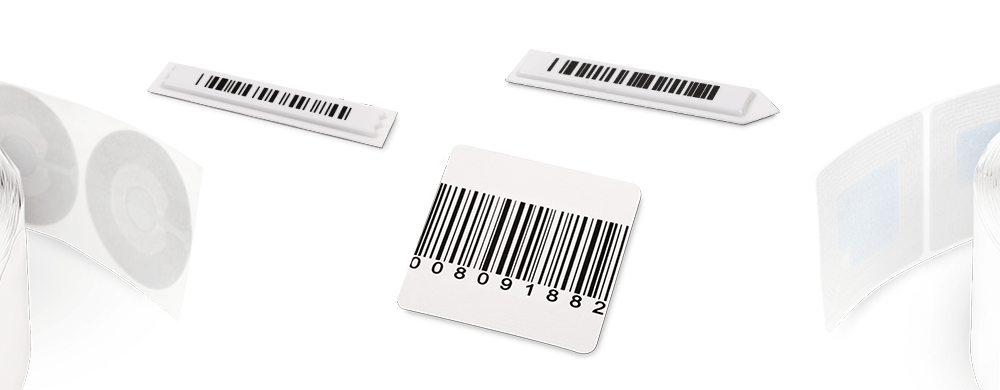Picture this…it’s the peak of the holiday shopping season and a customer has traveled half an hour to your store. They’ve come in the knowledge you have a specific item in stock. They know because they researched and confirmed it online.
Then lo and behold, despite all data indicating the item is available, it’s nowhere to be find in store.
The result? A very poor customer experience which is likely to damage the image of a brand, and a vast amount of wasted time for the staff who were involved in the search for the item.
The trouble with out of stocks
For both customers and staff unexpected out of stocks are one of the most frustrating experiences in retail.
They also cost retailers greatly in terms of both reputation and cold hard cash. In fact IHL Group recently found US retailers lose $144.9 billion in sales every year due to out-of-stocks.
Meanwhile, there’s a definite mismatch between retailer and consumer perception of how often the issue occurs.
IHL further found retailers report an average in-stock for 92 per cent of their merchandise. Customers on the other hand, believe that figure is closer to 75 per cent.
And out of stocks affect retailers across a number of levels: loss of sales, customer loyalty, online order fulfillment from the store, and shipping costs that eventually lead to margin erosion.
So, what tools area available to help stop out of stock events occurring at all?
RFID
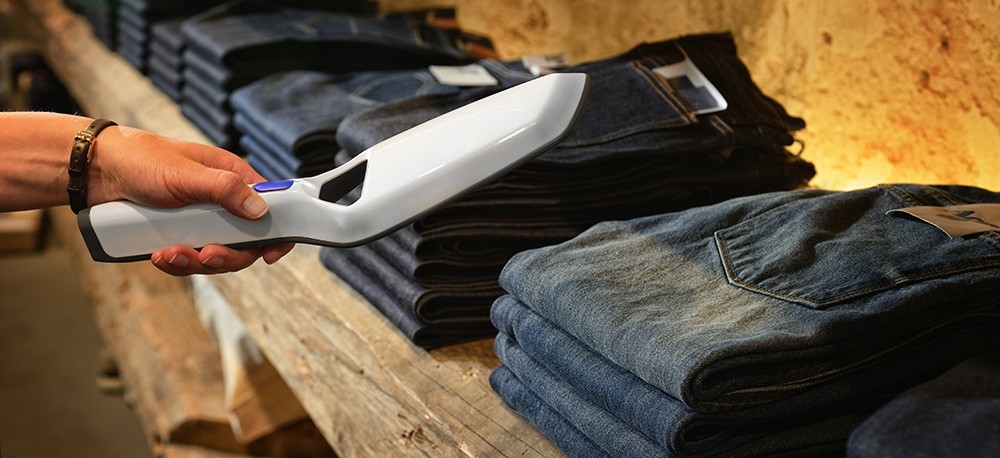
With its ability to contain detailed item information and offer up-to-the minute inventory counting, RFID is one tool that can assist in eliminating out of stocks.
Not only does the technology allow retailers to understand where any product is at any moment in time, a recent report by Auburn University found RFID can offer 99.9 per cent supply chain accuracy, compared to traditional barcode accuracy of 31 per cent.
This helps eliminate out of stocks on a number of levels: it ensures orders that are shipped to an outlet are accurately accounted for and reconciled, and allows for up-to-the-minute inventory counting to understand what exactly is in store.
Policy and automation
Store policy plays a critical role in managing out of stocks, particularly in areas like order reconciliation and inventory counting. If stock is counted as it’s received and reconciled against the order, retailers have a better understanding of what should be in stock.
Regular inventory counting also assists, along with clear policies about layaways and returns. Meanwhile automation is increasingly being employed to minimize out of stock events, ensuring when an item is running low, it is quickly replenished.
Good loss prevention
Although it’s often overlooked, loss prevention is inextricably linked to out of stock events. Why? Because if an item is stolen, a retailer expects it to be there, but it isn’t and often they have little idea it has disappeared until they realize there are fewer products available than expected.
This makes theft mitigation imperative when it comes to combating out of stocks. Items should be protected at a product-based level using loss prevention strategies like electronic article surveillance and security tags or labels.
Clean lines
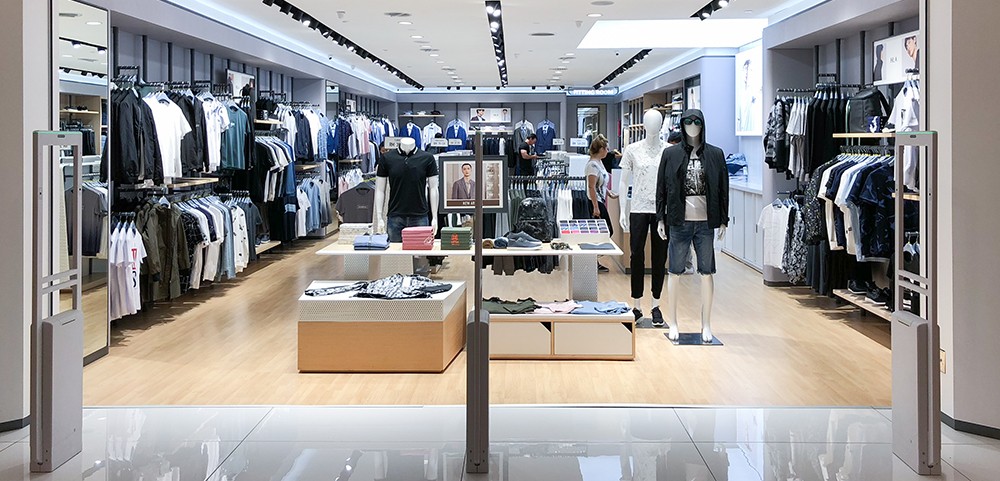
The physical layout and general look of a store can also help eliminate out of stocks, with clear shelving, and neat displays allowing staff to quickly understand what’s running low.
Meanwhile those clean lines should extend to the storeroom to allow staff to have a consistent idea of what’s available out the back and replenish items when required.
General tidiness also allows sales associates to quickly find items when they need to, ensuring there’s no time wasted for the customer or the retailer.
Data and analytics
Retailers have a wealth of data and analytics at their disposal and this too can play a role in eliminating out of stocks. It can help predict when an item is likely to be in demand, when foot traffic is likely to be high and also alert staff when an item will potentially run out.
This data also allows retailers to plan, particularly in advance of promotions when stock is in high demand.
The final word
In an era where the customer experience is paramount, out of stocks are the bugbear of both retailers and their consumers. They are also often highly preventable, requiring only small alterations to the way a store operates to prevent their occurrence.
